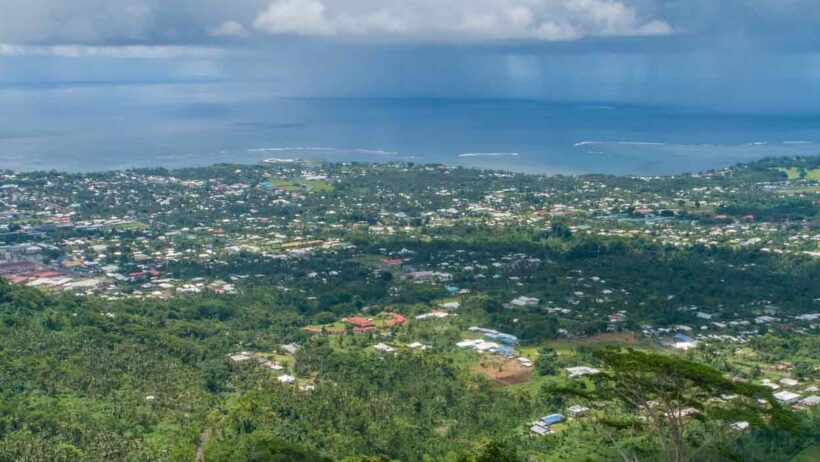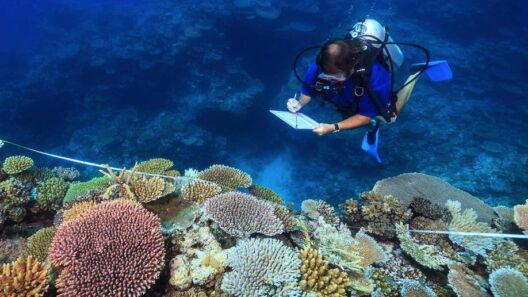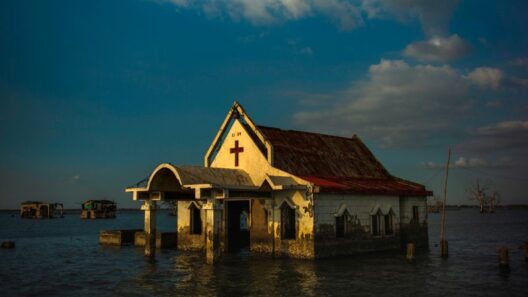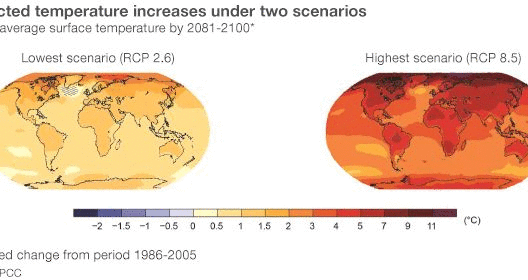The allure of Samoa lies not only in its striking landscapes but also in its balmy climate, which welcomes visitors with an embrace of warmth throughout the year. Situated in the heart of the South Pacific, this island paradise boasts a tropical maritime climate, characterized by two principal seasons: a warm, humid wet season and a cooler, relatively dry season. Understanding the intricacies of Samoa’s climate offers insights not only into the natural beauty but also into the sustainability of this region amidst changing global weather patterns.
On an average basis, the temperature in Samoa fluctuates between 23°C (73°F) and 30°C (86°F) year-round, making it a quintessential tropical destination. The consistent warmth is soothing, inviting relaxation and exploration. Generally speaking, the warmest months span from November to April, coinciding with the wet season when humidity levels soar. This period enriches the islands with verdant vegetation, transforming the landscape into a lush paradise. Rain is frequent, often manifesting in short, intense bursts that invigorate the environment without dampening spirits.
The wet season, spanning from November to April, showcases Samoa at its most vibrant. During these months, the islands receive significant rainfall, sometimes exceeding 400 mm (15.7 inches) per month. Such ample precipitation nurtures the diverse flora, resulting in breathtaking scenery. The heavy rains, while potentially disruptive, play a vital role in sustaining the ecosystem. They recharge aquifers and nourish the rivers and streams that traverse the islands, ensuring freshwater availability for both nature and inhabitants.
January and February are notable as the peak of the wet season, often characterized by increased cyclone activity. Cyclones are natural phenomena that can disturb the idyllic weather in Samoa. Though they occur infrequently, they pose a risk to the islands, leading to necessary precautions and awareness among residents and travelers alike. The local community is attuned to the nuances of weather patterns, demonstrating resilience in the face of natural challenges.
Transitioning from the wet season, the dry season lasts from May to October, presenting a stark contrast. This period is marked by lower humidity and less precipitation, offering a respite after the intense rainfalls. During these months, temperatures remain comfortable, averaging between 21°C (70°F) and 28°C (82°F), making it an ideal time for tourists to visit and engage in outdoor activities. With clearer skies and gentle breezes, the islands become a playground for adventurers and relaxation seekers.
The remarkable climate of Samoa extends beyond mere temperatures and precipitation; it’s also influenced by the surrounding Pacific Ocean. The ocean moderates temperatures and plays a pivotal role in the delicate balance of weather patterns. The warm ocean currents foster marine biodiversity, attracting a plethora of marine life, thus supporting the local fishing industry and eco-tourism. The confluence of terrestrial and marine environments creates a unique habitat that is both resilient and vulnerable, underscoring the importance of climate consciousness.
Moreover, the climatic conditions in Samoa are emblematic of broader ecological shifts occasioned by climate change. The islands face imminent challenges such as rising sea levels, increased cyclone frequency, and changing rainfall patterns. These alterations threaten not only the environment but also the cultural identities and livelihoods of the local populations. In this context, understanding Samoa’s climate is essential for fostering sustainability initiatives and promoting conservation efforts. Recognizing the value of preserving this tropical haven is paramount for current and future generations.
Cultural practices in Samoa are intrinsically linked to the climate. Agriculture thrives in the tropical conditions, yielding an array of tropical fruits, vegetables, and root crops. The harvest cycles of taro, breadfruit, and coconut are synchronized with the seasonal weather, illustrating an intimate connection between the climate and the customs of the Samoan people. Festivals and local traditions often celebrate the bounty of the land, emphasizing the importance of sustainable practices that respect and honor the natural world.
As the planet grapples with climate upheaval, Samoa stands as a testament to the resilience of tropical ecosystems. The islands offer a unique perspective on climate adaptation through sustainable tourism and local stewardship of resources. Initiatives that promote responsible tourism practices aim to educate visitors about the fragile ecosystems, encouraging a respectful approach to engagement with the local environment. By contributing positively to the community and adhering to eco-friendly practices, travelers play a part in preserving the charm of Samoa for those who will follow.
In conclusion, Samoa’s climate can indeed be described as a tropical paradise, but it is so much more than that. It embodies an intricate web of relationships between atmospheric conditions, natural ecosystems, and cultural practices. The year-round inviting weather invites curiosity about its environment and compels a deeper understanding of the challenges it faces. Those who wish to explore Samoa are not only in for breathtaking scenery and warm hospitality but also an opportunity to engage with the pressing realities of climate change. The islands beckon with the promise of adventure and the need for stewardship—a dual invitation to enjoy and protect.







